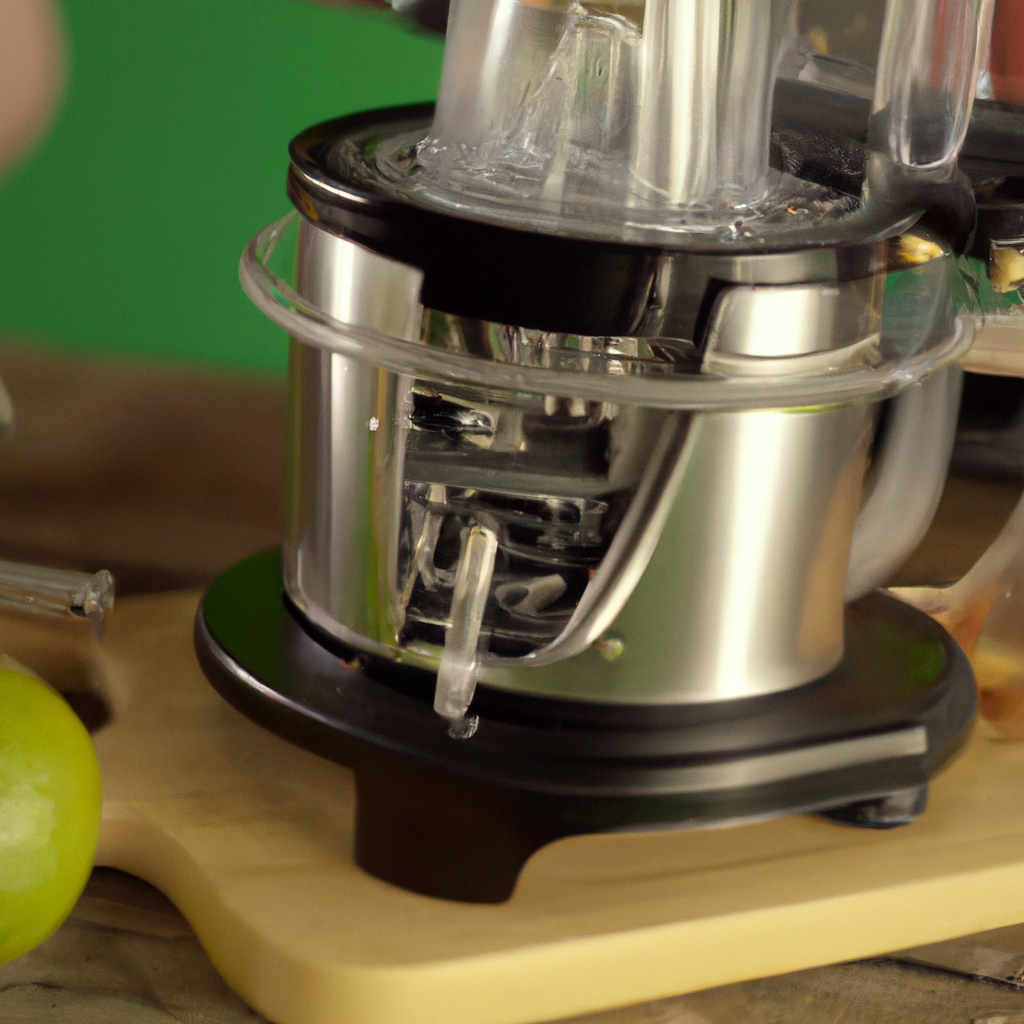Juicing is a popular trend that has been growing in popularity over the years. This trend involves extracting juice from fruits and vegetables to obtain their essential nutrients. Juicing machines, also known as juicers, have become a convenient way to make fresh, nutritious juices at home. But how does a juicer work, and what are the benefits of using one? In this article, we will explore the juicing process, different types of juicers, how to use a juicer, and some popular juicing recipes.
Juicing Process
The juicing process involves extracting juice from fruits and vegetables, leaving behind the pulp or fiber. Juicing machines work by crushing and grinding the produce to extract the juice. The extracted juice is then separated from the pulp and collected in a container. This process allows for the extraction of nutrients, minerals, and enzymes from the fruits and vegetables, which are then consumed in liquid form.
Types of Juicers
There are three main types of juicers: centrifugal, masticating, and citrus.
Centrifugal Juicers: These juicers are the most common and affordable. They operate by using a spinning blade to chop and extract juice from the produce. The juice is separated from the pulp using a strainer. Centrifugal juicers work best with hard fruits and vegetables like carrots and apples.
Masticating Juicers: Also known as slow juicers, these machines operate by using a slow rotating auger to crush the produce. This method extracts more juice and nutrients compared to centrifugal juicers. Masticating juicers are best for juicing leafy greens and soft fruits.
Citrus Juicers: These machines are designed specifically for juicing citrus fruits like oranges, lemons, and grapefruits. Citrus juicers work by using a rotating reamer to extract the juice from the fruit.
How to Use a Juicer
Using a juicer is relatively straightforward. Here are the steps to follow:
1. Wash your produce thoroughly and cut it into smaller pieces if necessary.
2. Turn on your juicer and place a container under the juice spout.
3. Start feeding the produce through the juicer, one piece at a time.
4. Once you have extracted all the juice, turn off the juicer and discard the pulp.
5. Pour the extracted juice into a glass and enjoy.
Juicing Benefits
The benefits of juicing are numerous. Here are some of the most significant:
1. Provides essential nutrients: Juicing allows you to obtain essential vitamins, minerals, and enzymes from fruits and vegetables in a convenient and easy-to-digest form.
2. Promotes weight loss: Juicing can be a great way to lose weight as it is low in calories and high in nutrients.
3. Boosts immune system: Juices contain antioxidants that help to boost the immune system and fight off free radicals.
4. Improves digestion: Juicing provides the body with digestive enzymes that can help improve digestion and reduce bloating.
Juicing Recipes
Here are some popular juicing recipes to try at home:
1. Green Juice: This recipe includes kale, cucumber, celery, green apple, ginger, and lemon. It’s an excellent juice for detoxing and providing essential nutrients.
2. Carrot and Ginger Juice: This recipe includes carrots, ginger, and a small amount of apple. It’s a delicious and refreshing juice that’s great for digestion and reducing inflammation.
3. Beetroot Juice: This recipe includes beetroot, carrots, ginger, and lemon. It’s a nutrient-packed juice that’s great for boosting energy levels and improving blood circulation.
Conclusion
In conclusion, juicing is a great way to obtain essential nutrients from fruits and vegetables in a convenient and easy-to-digest form. There are different types of juicers available, each with its own benefits and limitations. By following some simple steps, you can make fresh, nutritious juices at home. So, go ahead, try out some of these juicing recipes and enjoy the many benefits of juicing.







